The Process Improvement Assessment evaluates plant-level practices that are behavioral anchors/milestones towards implementing 17 fundamental concepts for designing and improving the total production system to a world class performance level. The matrix does not assess the use or impact of lean/TPS systems per se, because tools are merely countermeasures to attack specific wastes. Each basic concept is key to a strategy of improving the total system by reducing variation of all types. To help first-time users understand the 17 basic concepts, the following describes the intent and logic of each basic concept rather than the relevant tools. The data collected from this assessment is strictly confidential.
1. Disaster Recovery: focuses on emergency response and contingency plans to recover from possible interuptions in supply, equipment, communication or labor or in the event of a natural disaster, power outage, labor dispute, trucker or longshoremen strike, legislative mandate, or OEM shutdown. Data backup and recovery strategies are also reviewed.
2. Supply Chain Management: focuses on management of supply chain including communication of goals and expectations, quality requirements and measuring supplier performance.
3. Production Scheduling: focuses on the system by which operators receive the signal to produce; the most effective system is a market-paced pull system; key factor in controlling overproduction and reducing (uneven pace of production) and (excessive workload); levelization can be used to reduce production schedule and volume variations.
4. Information Flow: focuses on degree of communication between team members and managers on problem awareness, what managers manage by, and management engagement in problem-solving on the shop floor that addresses root causes and empowers employees.
5. Employee Involvement: emphasizes degree of development of customer focused culture of employee involvement and empowerment in team-based continuous improvement.
6. In-Process Inventory: focuses on sytem for minimizing in-process and finished goods inventory in work areas, especially use of visual controls and standard work-in-process inventories; goal is one piece flow.
7. Component Part Inventory Management: focuses on amount, location(s), organization and use of visual controls and order cards/kanban for minimizing finished goods and absorbing changes in orders, demand or production; includes intentional reduction of inventory levels to surface opportunities for improvement.
8. Material Handling: focuses on the system and logic for supplying parts and material to production work areas, especially use of frequent, mixed loads of standardized quantities that minimize raw material inventory.
9. Process Flow: focuses on logic of production layout, employee utilization and part flow, especially use of cell layouts which prevent WIP, enforce one piece flow to takt time, and enable one person to operate more than one machine at a time.
10. Process Flexibility: assesses line and work balancing, and ability to quickly flex multiskilled/cross-trained employees with changes in demand to minimize waiting and overproduction; greatly enhanced with setup and lot size reduction; a benefit is stable labor productivity.
11. Man/Machine Separation: focuses on degree to which employee can load and start machine quickly then move to other work and not have to attend machine; assumes machine capability, reliability, automatic shutoff and sometimes auto unloading; key to higher productivity and cell layout, but emphasizes low cost automation with just enough functions.
12. Quality: focuses on philosophy of doing things right the first time instead of ex-post inspections; use of quality at source (including the 7 basic quality tools and SPC) in which each operator inspects own work, machines automatically shut down to force humans to solve root problem; degree to which processes are statistically capable so that inspection, defects and repair/rework are prevented and not passed on to next process; use of poka-yoke, assembly line stop cords and andons to make problems visible immediately.
13. Standards: refers to system by which operators learn and know how to do work correctly, how standards enable improvements, and how to maintain up to date documentation of the Standard Methods and Procedures which document for each work station the (1) work content, (2) work sequence, (3) allotted time to accomplish each job element in the work sequence, and (4) the outcome(s) or standard(s) of performance required by the next process/customer.
14. 5S: focuses on the overall level of cleanliness and organization of all areas, and the standard system for maintaining discipline in the process; system to help team members visualize disorder and noise in the process by contrasting them with the order of the shop floor.
15. Visual Controls: focuses on tools and mechanisms (displays, charts, standards, signboards, labeling, color-coding, etc.) used to show the work to do, document results of work done, and to make problems visible to everyone when they occur, then resolve and document problems immediately at the lowest possible level.
16. Finished Part Management: focuses on logic and rationale for managing finished goods (especially use of buffer inventories, safety stocks and warehouses) and surfacing opportunities for improvement.
17. Shipping Management: focuses on degree to which a real-time system exists for detecting and preventing incorrect shipments.





